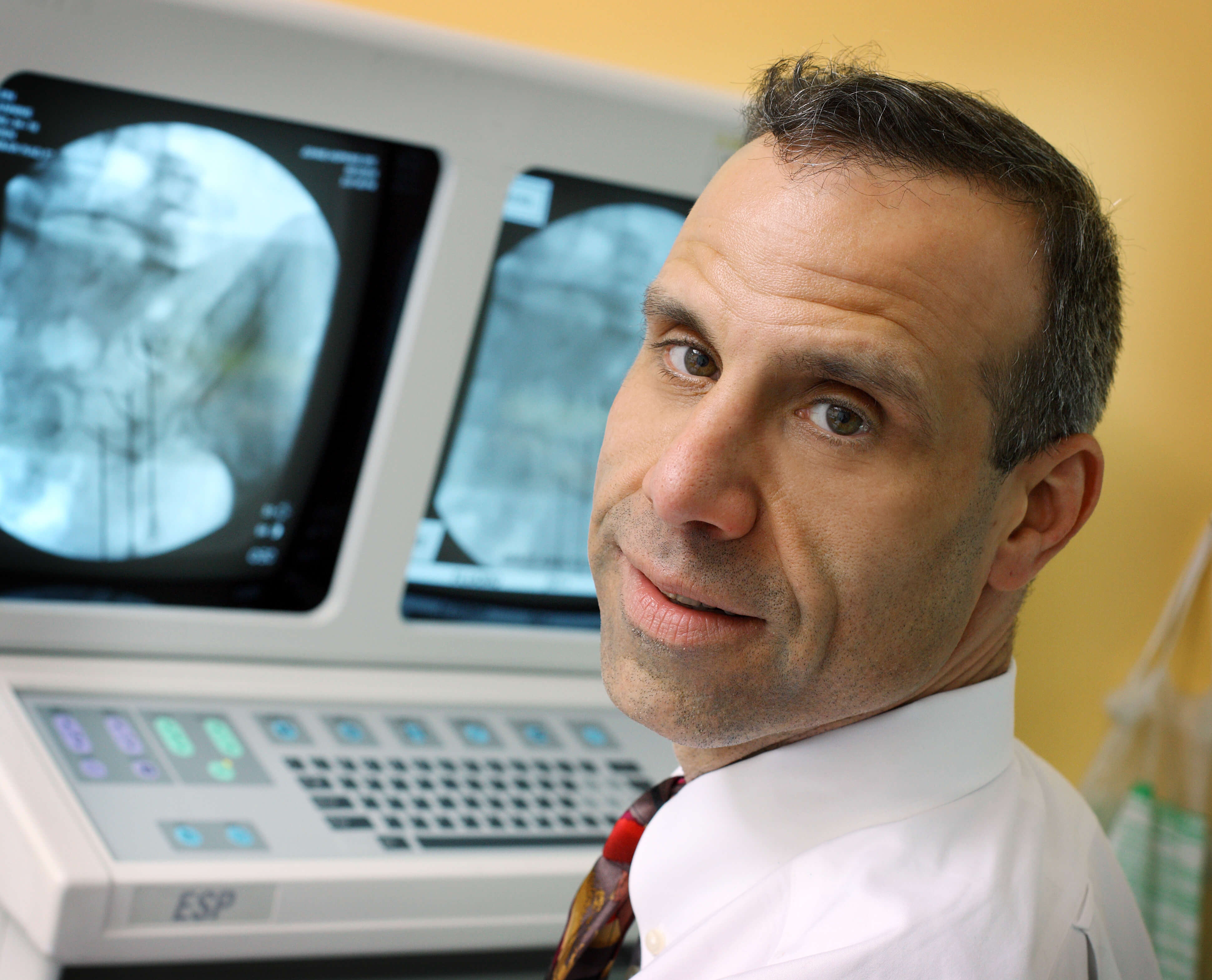Background Frailty assessment is recommended to evaluate the candidacy of adults referred for orthotopic heart transplantation (OHT). Psoas muscle area (PMA) is an easily measured biomarker for frailty. There has yet to be a study examining the prognostic impact of PMA in OHT patients. Methods In this retrospective study, pre and postoperative CT scans were retrieved for adults transplanted between 2000-2015 at a tertiary care hospital. PMA was measured on a single axial image. Outcomes of interest were all-cause mortality over 6 years and a composite of in-hospital mortality or major morbidity (prolonged ventilation, stroke, dialysis, mediastinitis, or reoperation). Results Of 161 adult patients transplanted, 82 had at least 1 abdominal CT scan. At baseline, mean PMA was 25.7±5.8 cm2 in men and 16.0±3.6 cm2 in women, and decreased by 8% from the first to the last available CT scan. Adjusting for age, sex, body mass index, and cardiomyopathy etiology, every 1 cm2 increase in PMA was found to be associated with a 9% reduction in long-term mortality (HR 0.91; 95% CI 0.83, 0.99; p=0.031) and a 17% reduction in in-hospital mortality or major morbidity (OR 0.83; 95% CI 0.72, 0.96; p=0.014). When PMA was smaller than the sex-specific median, the risk of mortality or major morbidity increased 4-fold (OR 4.29; 95% 1.19, 15.46; p=0.026). Conclusion Muscle mass is an independent predictor of mortality and major morbidity after OHT. Further research is needed to determine whether frail OHT patients with low PMA may benefit from muscle-building interventions to improve outcomes.fa Cosenior authors, Nadia Giannetti MD, Jonathan Afilalo MD, MSc ADDRESS FOR CORRESPONDENCE: Jonathan Afilalo, MD, MSc, FACC, FRCPC, Jewish General Hospital, 3755 Cote Ste Catherine Rd, E-222, Montreal, QC H3T 1E2, E-mail: jonathan.afilalo@mcgill.ca Author Contributions Lior Bibas: conception and design of study, collection of data, interpretation of data, primary authorship of manuscript. Eli Saleh, Samah Al-Kharji, Jessica Chetrit: collection of data, interpretation of data, coauthorship and revision of manuscript. Louis Mullie: software development for collection of data, coauthorship and revision of manuscript. Marcelo Cantarovich, Renzo Cecere: interpretation of data, coauthorship and revision of manuscript. Nadia Giannetti: conception and design of study, collection of data, interpretation of data, cosenior authorship of manuscript. Jonathan Afilalo: conception and design of study, software development for collection of data, statistical analysis, interpretation of data, cosenior authorship of manuscript. Author Disclosures Drs. Afilalo and Mullie developed the CoreSlicer.com software but do not hold any patents or financial incentives relating to its use. All other authors have reported that they have no relationships relevant to the contents of this paper to disclose. Funding The costs related to data retrieval and extraction were funded by Dr. Nadia Giannetti's Heart Failure Research Fund. Copyright © 2018 Wolters Kluwer Health, Inc. All rights reserved.
https://ift.tt/2M3SpOm


















